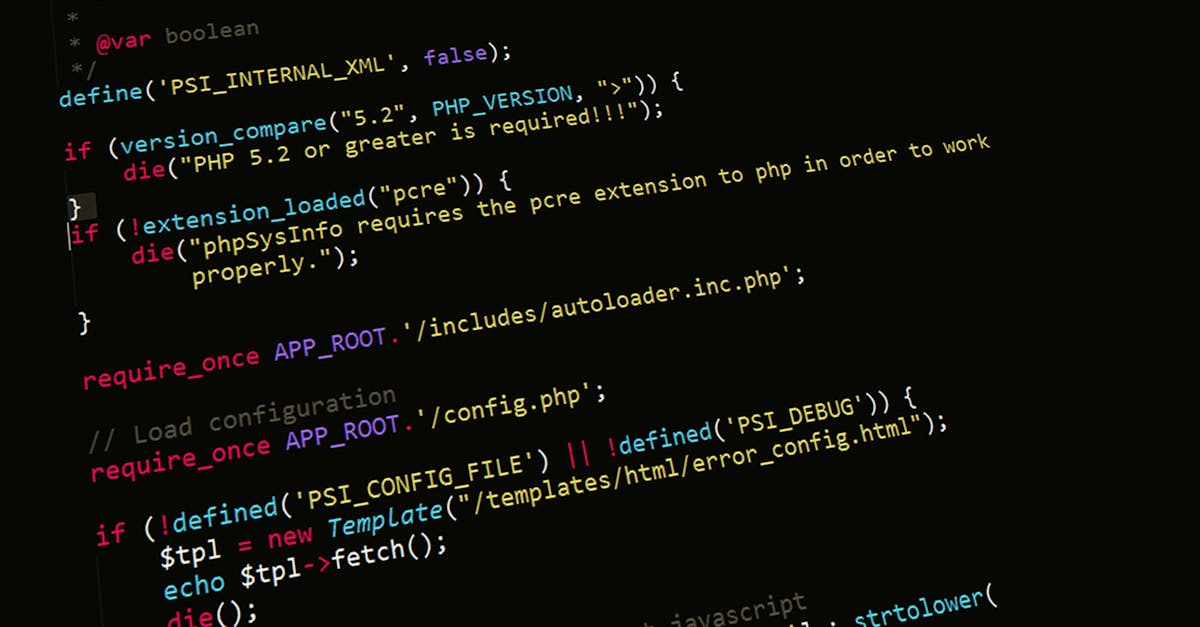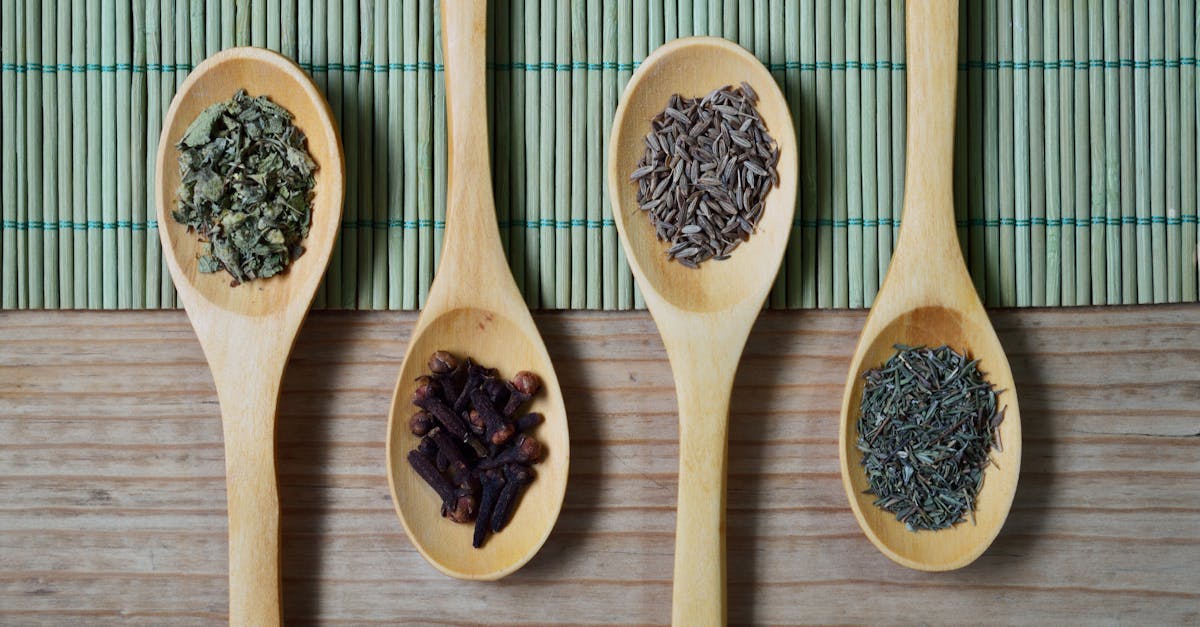Cooking dalia, or cracked wheat, in a pressure cooker is a fantastic way to prepare a nutritious meal quickly. This versatile ingredient is not only easy to cook but also packed with health benefits. In this guide, we will walk you through the essential steps to cook dalia in a pressure cooker, ensuring that you achieve the perfect texture and flavor every time.
| Ingredients | Quantity |
|---|---|
| Dalia (Cracked Wheat) | 1 cup |
| Water | 2.5 cups |
| Ghee or Oil | 1 tablespoon |
| Salt | 1 teaspoon (adjust to taste) |
| Vegetables (optional) | 1 cup (carrots, peas, beans) |
| Spices (optional) | 1 teaspoon (cumin, mustard seeds, turmeric) |
Gather Your Ingredients
Before you start cooking, gather all the necessary ingredients. You will need one cup of dalia, 2.5 cups of water, and a tablespoon of ghee or oil. Salt is essential for flavor, and you can adjust the quantity based on your preference. If you want to add more nutrition and flavor, consider including a variety of vegetables such as carrots, peas, and beans. Additionally, spices like cumin, mustard seeds, and turmeric can elevate the taste of your dish.

Prepare the Pressure Cooker
Start by preparing your pressure cooker. Heat the ghee or oil in the cooker on medium heat. Once it’s hot, add the spices if you are using them. Allow them to sizzle for a few seconds to release their aroma. This step is crucial as it enhances the flavor of the dalia, making your dish more aromatic and delicious.

Toast the Dalia
Add the dalia to the pressure cooker and toast it for about 2-3 minutes. Stir continuously to prevent it from burning. Toasting the dalia gives it a nutty flavor and improves the overall texture of the dish. You will know it’s ready when it turns slightly golden brown and releases a pleasant aroma.

Add Water and Vegetables
Once the dalia is toasted, add 2.5 cups of water and mix well. If you are adding vegetables, this is the time to include them. Stir everything together to ensure that the dalia is evenly distributed in the water. This mixture will create a hearty and nutritious meal that is both filling and satisfying.

Pressure Cook the Dalia
Close the lid of the pressure cooker and cook on high heat until you hear one whistle. After the first whistle, reduce the heat to low and allow it to cook for an additional 5 minutes. This step is crucial as it helps the dalia absorb all the flavors and moisture. Once the cooking time is up, turn off the heat and allow the pressure to release naturally before opening the lid.

Fluff and Serve
Once the pressure has released, open the lid carefully. Use a fork to fluff the dalia gently. This will help separate the grains and prevent them from becoming mushy. Taste and adjust the seasoning if necessary. Your dalia is now ready to be served. You can enjoy it as is or pair it with yogurt, chutney, or a side of salad for a complete meal.

Storing Leftovers
If you have any leftover dalia, store it in an airtight container in the refrigerator. It can last for about 3-4 days. When reheating, add a splash of water to restore its moisture and prevent it from drying out. Dalia can also be used as a base for salads or mixed with other ingredients for a quick meal.

FAQ
Can I use other types of grains instead of dalia?
Yes, you can use other grains like quinoa, bulgur, or even rice, but the cooking time and water ratios may vary. Make sure to adjust accordingly for the best results.
Is dalia good for weight loss?
Absolutely! Dalia is high in fiber and low in calories, making it a great choice for weight management. It keeps you full for longer and aids in digestion.
Can I make dalia sweet instead of savory?
Yes! You can cook dalia with milk, sugar, and nuts for a delicious sweet version. Just replace water with milk and adjust the sweetness to your taste.
How do I know when the dalia is cooked perfectly?
The dalia should be soft and fluffy, not mushy. If it’s overcooked, it may become gluey, so keep an eye on the cooking time.
References:
– [National Institute of Nutrition](https://www.nin.res.in/)
– [Food and Agriculture Organization](http://www.fao.org/)
